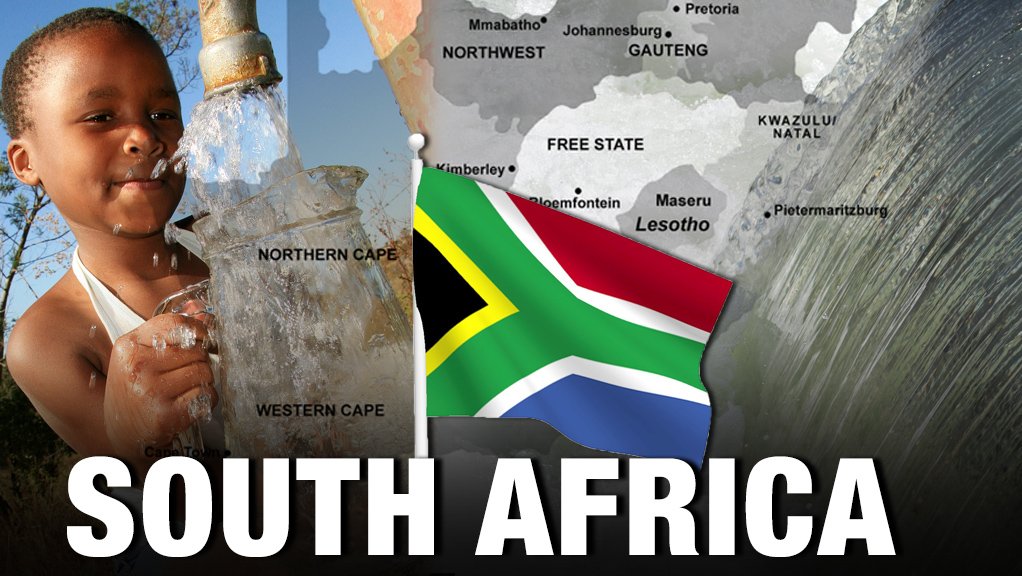President Jacob Zuma on Friday launched the more than R12.45-billion Mzimvubu water project, which would include the building of the Ntabelanga and Laleni dams, in the Eastern Cape.
The Ntabelanga dam, which would store about 490-million cubic meters of water, would be used for domestic and agricultural water supply requirements, while the Laleni dam would be used for hydropower generation.
Speaking at the project’s launch and sod-turning ceremony, Zuma pointed out that the Laleni dam would have the potential to generate 35 MW of base power or up to 180 MW of peaking power when operated jointly with the Ntabelanga dam.
About 18.5 km of power lines would also be erected to feed the power onto the national power grid.
The detailed design of the Ntabelanga dam and its associated works and infrastructure was currently under way and was expected to be completed by June this year, after which construction was expected to start in November and be completed by February 2018.
This would be followed by the intensive construction of bulk water conveyance infrastructure, infield farming infrastructure and the building of the Laleni hydropower scheme in 2016/17, Zuma said, adding that the first water delivery was expected in early 2018.
Further, the President also pointed out that the project would address the government priority of job creation.
“The project is expected to create about 6 700 jobs a year during the construction phase and 6 500 jobs [a year] during the operational phase. This, I believe, will also benefit local people immensely,” Zuma said.
Meanwhile, biodiversity policy adviser Mark Botha said government needed to consider how to increase the social and environmental returns from the Mzimvubu project.
“[To do this] we could consider a significant investment in fixing and maintaining the ecological infrastructure of the catchment by rolling out large-scale soil protection, rehabilitation and anti-erosion works.
“This is not only for sound soil- and resource-conservation reasons but [to] make a useful contribution to extending the life of [the] reservoir and associated machinery in one of South Africa’s most erodible catchments. We have some inkling of how to do this, but [there is] a decided lack of focus and scale – the very things that an infrastructure project can bring in spades,” Botha said.
He added that further, locally appropriate, culture- and land use-sensitive measures to trap soil and sediment before they left the fields and rangelands of the catchment was a potentially cheap investment that could be made in dam longevity and return on capital.
“[These measures] also have the added benefits of improving soil fertility and water-holding capacity, improving forage and animal conditions, increasing dry season flows for communities using rivers directly as water sources and reducing floods that damage bridges and water infrastructure. It is also a direct investment in useful economic activity in the catchment,” he said.
Further, Botha also suggested the use of “green-economy” thinking to assess dam design and construction options.
“One needs to accept that a raft of large, expensive infrastructure will be built – whether useful, needed or not. But, if we are going to mortgage our future for them, let us at least ensure we get the best long-term outcomes across a range of laudable social objectives,” Botha stated.
EMAIL THIS ARTICLE SAVE THIS ARTICLE
To subscribe email subscriptions@creamermedia.co.za or click here
To advertise email advertising@creamermedia.co.za or click here











